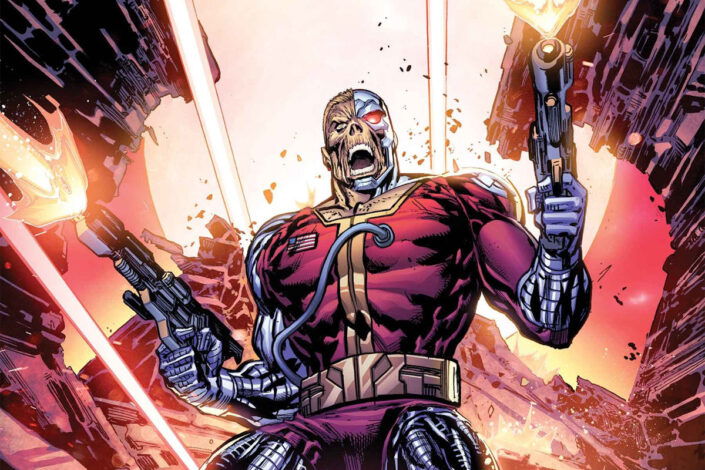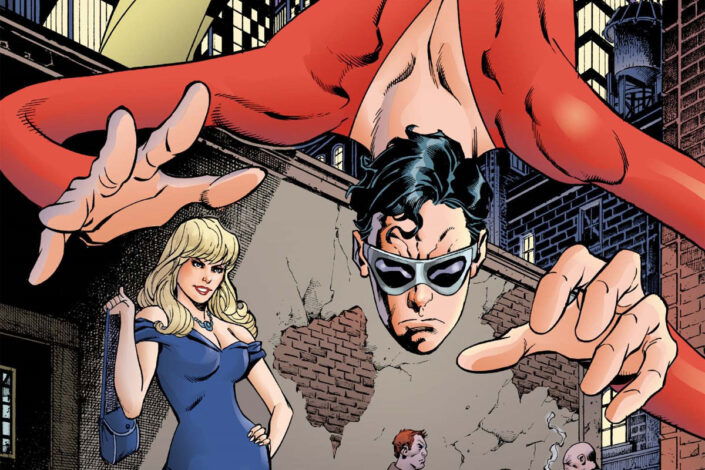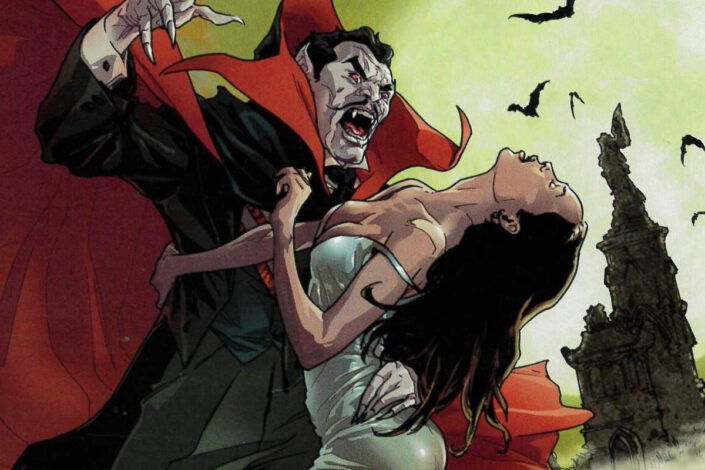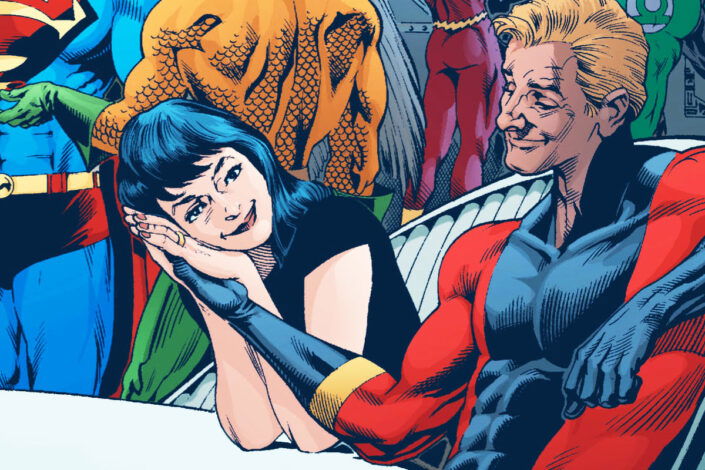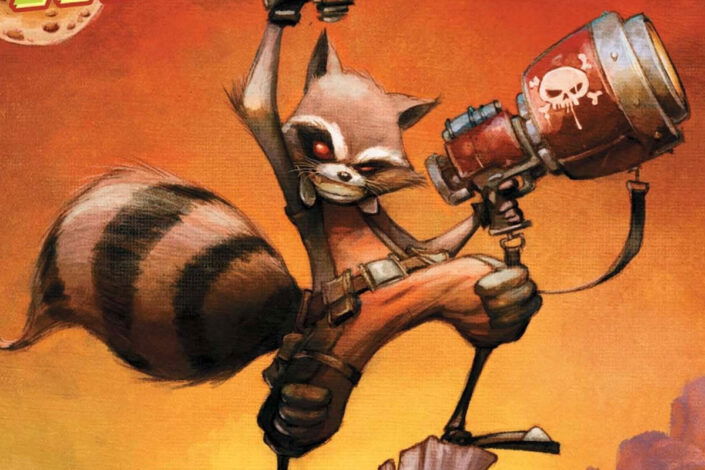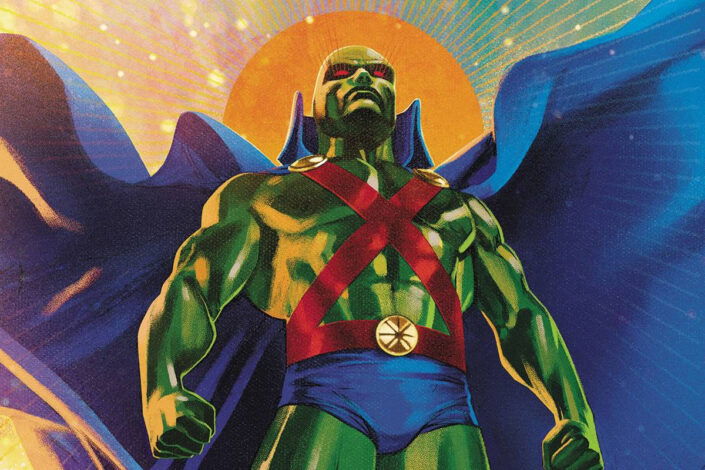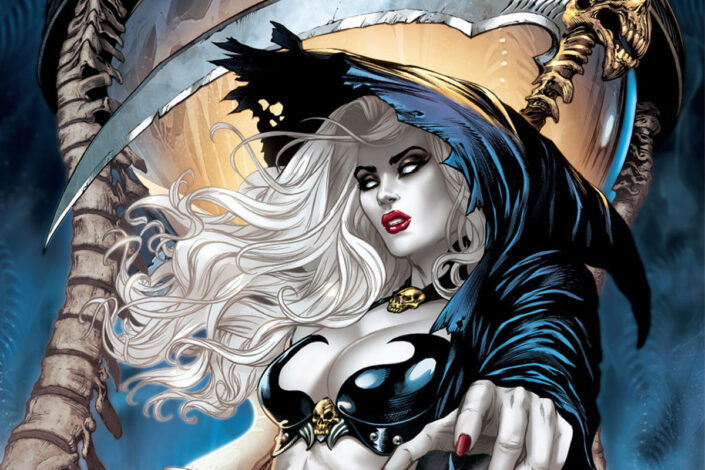Criminal Reading Order, The Ed Brubaker and Sean Phillips’ Celebrated Comics
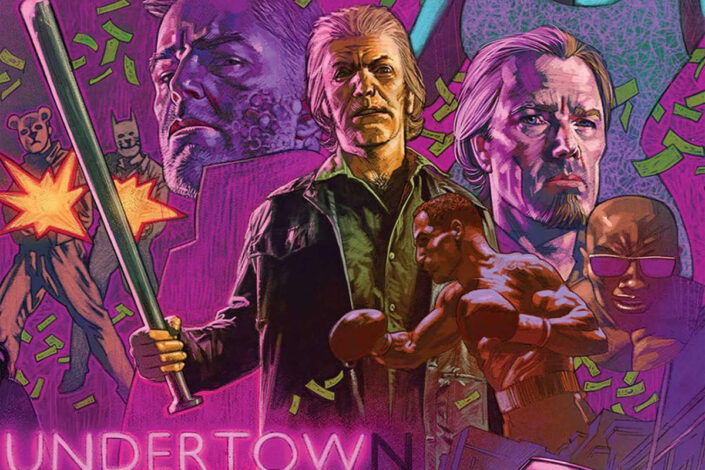
Originally published by Marvel Comics’ Icon imprint before being moved to Image Comics, Criminal is a long-running creator-owned comic book series by writer Ed Brubaker and artist Sean Phillips (the duo behind Reckless). It has become the most prominent independent crime comic of the last twenty years and is now adapted for television on Prime Video.
Launched in 2006, Criminal started as a ten-issue series before coming back in multiple formats through the years, from graphic novel to one-shot. Every storyline works as a standalone story that takes place in a much larger narrative–mostly articulated around the Lawless Family and the mob boss Sebastian Hyde.
As a crime comic series, Brubaker and Phillips’ creation explores the many forms of the genre. In an interview with Tom Spurgeon at the launch of the series, Brubaker stated “The kinds of stories we’ll be putting all these characters through, though, run the gamut from the heist caper, to the revenge story, to the man on the run story, and even beyond that to the sort of meta-noir innocent man caught in a web of crime story.” That’s exactly what they did.
Eighteen years later, we have a collection of books, stories that were not written or published in chronological order, featuring a group of recurring characters whose lives we discover through dark and violent events. The following guide is here to help you find the stories you may have missed and to offer multiple ways to read them.
Read More »Criminal Reading Order, The Ed Brubaker and Sean Phillips’ Celebrated Comics
